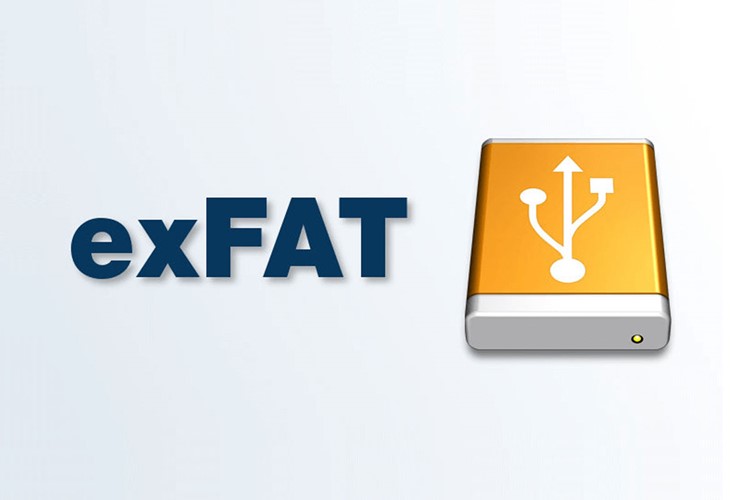Velocity Architecture improves how Xbox Series X loads game assets from storage, known as asset streaming, while reducing the space those assets occupy on the drive. The solution tackles two key challenges modern titles face, with installation sizes rapidly on the rise and more computationally demanding than ever. The upshot is a backbone to support complex next-generation games, while also reducing loading times.
Taking Xbox Series X beyond the SSD
Xbox Velocity Architecture may sound complicated to the everyday gamer, but best understood when broken into just a few fundamental components. Microsoft describes the technology as the culmination of four crucial modules, featuring two custom hardware components inside Xbox Series X, with software to complement.
Microsoft’s new custom SSD storage is central to Velocity Architecture on Xbox Series X, adopting an in-house NVMe solution, delivering unseen speeds in past generations. That provides 2.4 GB/s raw I/O throughput — or 4.8 GB/s compressed, enabled by a custom decompression block. Compared to the 120MB/s offered by Xbox One X, quick maths reveals up to 40 times increases could be a reality.
The hardware decompression block plays a vital role, allowing games to consume less space via compression on the SSD. That hardware is devoted to tackling run-time decompression, keeping games running smoothly without giving more work to the CPU. It uses Zlib, a general-purpose data-compression library, and a mysterious new system named “BCPack,” geared to GPU textures.
We also have DirectStorage, building upon DirectX, and aimed at further reducing CPU workloads. The new Microsoft-built API seeks to optimize the efficiency of Xbox Series X asset streaming, with plans to expand to Windows devices moving forward. That couples with Sampler Feedback Streaming (SFS), streamlining GPU usage and loading only portions of textures demanded by a setting. Both provide software solutions that enhance the efficiency of games on Xbox Series X, taking full advantage of CPU and GPU gains.




Comments